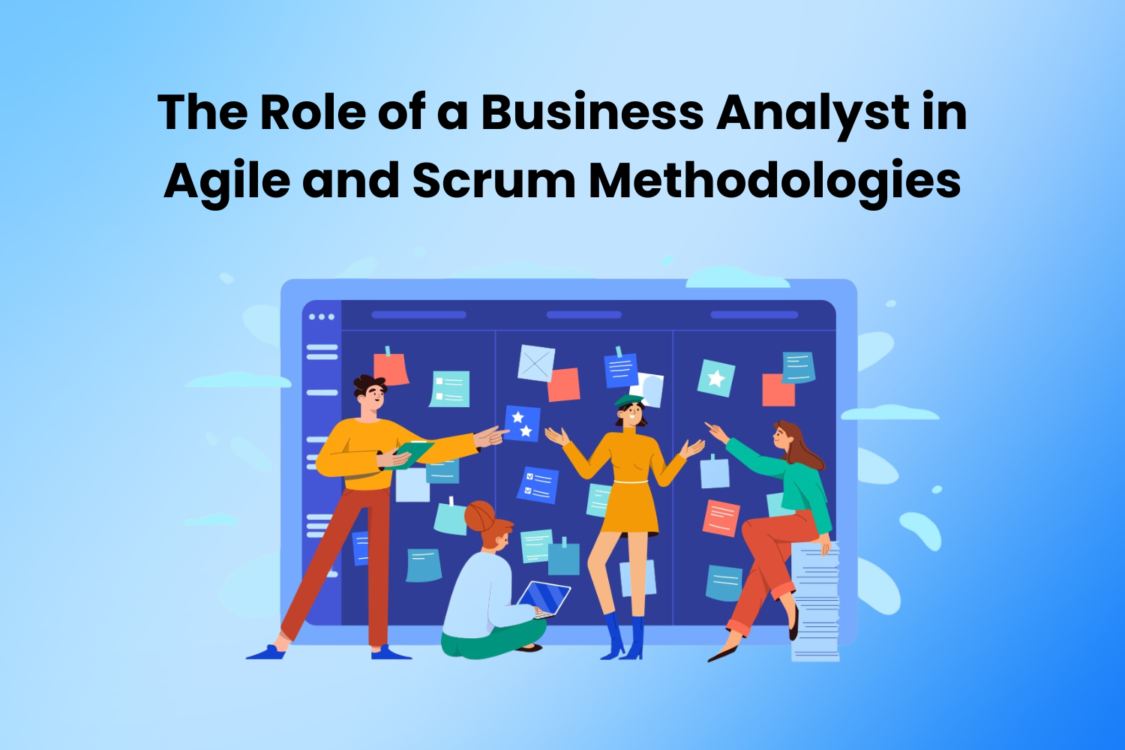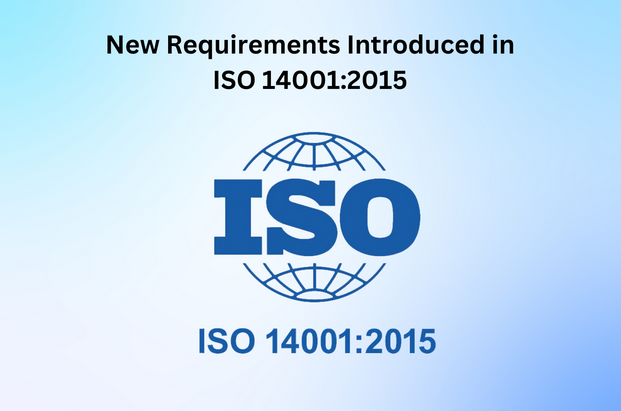In the bustling metropolis of New York City, where the pace of life is fast and expectations are high, the transportation of delicate cargo poses unique challenges. From fragile artwork to valuable electronics, ensuring the safe arrival of such items requires meticulous attention to detail and a commitment to excellence in packing and crating standards. In this article, we delve into the world of delicate cargo transportation and explore how New York Local Movers is leading the way in elevating packing and crating standards to safeguard these precious shipments.
Understanding Delicate Cargo:
Delicate cargo encompasses a wide range of items that require special care during transportation. Whether it’s antique furniture, sensitive electronics, or priceless artwork, these items are often susceptible to damage if not handled properly. Recognizing the unique characteristics of delicate cargo is the first step in ensuring its safe transportation. From understanding the fragility of certain materials to recognizing the importance of temperature and humidity control, New York Local Movers approaches each shipment with a deep understanding of the specific needs of delicate cargo.
Advanced Packing Techniques:
At the heart of New York Local Movers’ approach to transporting delicate cargo lies advanced packing techniques. Gone are the days of simply wrapping items in bubble wrap and hoping for the best. Instead, New York Local Movers employs innovative packing materials and methods to provide maximum protection for delicate items. From custom foam inserts to specialized padding, every aspect of the packing process is tailored to the unique requirements of each shipment. By leveraging cutting-edge technology and staying abreast of industry best practices, New York Local Movers ensures that delicate cargo is packed with the utmost care and attention to detail.
Crating Solutions:
While packing is crucial, it is often the quality of the crate that ultimately determines the safety of delicate cargo during transportation. Recognizing this, New York Local Movers offers a range of crating solutions designed to provide maximum protection for fragile items. Whether it’s a custom-built crate tailored to the dimensions of a priceless sculpture or a standard crate outfitted with additional reinforcements, New York Local Movers ensures that each shipment is securely housed for the journey ahead. By investing in quality materials and craftsmanship, New York Local Movers delivers peace of mind to clients entrusting their delicate cargo to their care.
Quality Assurance Measures:
Ensuring the highest standards of quality and safety is a top priority for New York Local Movers. To this end, the company has implemented rigorous quality assurance measures to monitor every step of the packing and crating process. From initial inspection to final shipment, each stage is subject to thorough scrutiny to ensure compliance with industry standards and client expectations. By maintaining strict quality control protocols and investing in ongoing training for employees, New York Local Movers demonstrates its unwavering commitment to excellence in every aspect of its operations.
Customer Satisfaction and Feedback:
Central to New York Local Movers’ success is its dedication to customer satisfaction. Recognizing that the transportation of delicate cargo can be a stressful experience for clients, the company goes above and beyond to provide exceptional service at every turn. From clear communication regarding packing and crating expectations to proactive updates throughout the transportation process, New York Local Movers prioritizes the needs of its clients above all else. By soliciting feedback and actively seeking ways to improve, the company fosters long-term relationships built on trust and reliability. For more details click here
Sustainability in Packing and Crating:
In an era of growing environmental awareness, New York Local Movers is committed to sustainability in packing and crating. Recognizing the impact that packaging materials can have on the environment, the company actively seeks out eco-friendly alternatives and implements practices to minimize waste and reduce its carbon footprint. From utilizing biodegradable packing materials to optimizing shipping routes for maximum efficiency, New York Local Movers strives to be a responsible steward of the environment while delivering top-notch service to its clients.
Future Trends and Innovations:
As technology continues to evolve and customer expectations shift, New York Local Movers remains at the forefront of industry trends and innovations. From advancements in packing materials to the integration of cutting-edge tracking technology, the company is constantly exploring new ways to enhance the safety and efficiency of delicate cargo transportation. By staying nimble and adaptable in the face of change, New York Local Movers ensures that it is well-positioned to meet the evolving needs of its clients and maintain its reputation as a leader in the field.
Technological Innovations in Packing and Crating:
In today’s rapidly advancing technological landscape, New York Local Movers embraces cutting-edge innovations to revolutionize the packing and crating process. The integration of IoT sensors provides real-time insights into the conditions of delicate cargo, allowing for proactive measures to maintain optimal environments throughout transportation. RFID tags offer enhanced tracking and traceability, ensuring that each item can be monitored with precision from origin to destination. Moreover, the adoption of virtual reality (VR) and augmented reality (AR) technologies enhances employee training, enabling them to familiarize themselves with complex packing procedures and simulate real-world scenarios for improved efficiency. By leveraging these technological innovations, New York Local Movers stays ahead of the curve, delivering unparalleled service and peace of mind to clients entrusting their delicate cargo to their care.
Specialized Handling Techniques for Unique Delicate Cargo:
Transporting unique delicate cargo presents its own set of challenges, requiring specialized handling techniques tailored to the specific needs of each item. Whether it’s navigating the intricacies of transporting oversized delicate items like chandeliers or grand pianos, or ensuring the safe transportation of delicate perishable goods such as flowers or food items, New York Local Movers has the expertise and experience to rise to the occasion. Through meticulous planning and attention to detail, the company develops customized solutions to address the unique requirements of each shipment, ensuring that delicate cargo arrives at its destination safely and securely. Case studies highlighting successful transportation of challenging delicate cargo serve as testaments to New York Local Movers’ commitment to excellence in handling even the most complex shipments. Try now : https://newyorklocalmovers.com/packing/
Cross-Border Considerations and International Standards:
As globalization continues to reshape the landscape of commerce, New York Local Movers navigates the complexities of cross-border transportation with finesse and expertise. Understanding the regulations and requirements for transporting delicate cargo across international borders is paramount, and the company’s seasoned professionals are well-versed in the intricacies of customs procedures and paperwork. By collaborating with international partners and adhering to global packing and crating standards, New York Local Movers ensures seamless cross-border shipments, providing clients with confidence and peace of mind. The company’s dedication to excellence transcends geographical boundaries, making it a trusted partner for international shipments of delicate cargo.
Disaster Preparedness and Contingency Planning:
In an unpredictable world, New York Local Movers takes proactive measures to safeguard delicate cargo against potential risks and disasters. By developing comprehensive contingency plans, the company mitigates risks associated with natural disasters or unforeseen events, ensuring minimal disruption to operations and the safe transportation of delicate cargo. Secure storage facilities are strategically positioned to provide temporary housing for delicate cargo in emergency situations, offering protection and peace of mind to clients. Furthermore, ongoing training programs equip employees with the skills and knowledge needed to respond swiftly and effectively to emergency situations, reinforcing New York Local Movers’ commitment to excellence in disaster preparedness and contingency planning.
Community Engagement and Corporate Social Responsibility:
Beyond its core business operations, New York Local Movers actively engages with the community and upholds its commitment to corporate social responsibility. Through charitable donations, volunteer efforts, and partnerships with local organizations, the company gives back to the communities it serves, making a positive impact on society. Additionally, New York Local Movers prioritizes environmental sustainability by partnering with organizations dedicated to reducing carbon emissions and promoting eco-friendly practices. By sponsoring educational programs and workshops, the company raises awareness about the importance of proper packing and crating practices, empowering individuals to make informed decisions and contribute to a safer, more sustainable future. Through its community engagement initiatives, New York Local Movers demonstrates its dedication to making a meaningful difference in the world.
Premier Moving Company
As a premier moving company, New York Local Movers sets the standard for excellence in packing and crating services. With a reputation built on reliability, professionalism, and unparalleled customer satisfaction, the company is committed to delivering the highest quality of service to clients across the globe. From delicate artwork to valuable antiques, New York Local Movers handles each shipment with the utmost care and attention to detail, ensuring that delicate cargo arrives at its destination safely and securely.
With a team of highly trained professionals and state-of-the-art facilities, New York Local Movers offers comprehensive packing and crating solutions tailored to the unique needs of each client. Whether it’s custom-built crates for oversized items or specialized packing materials for fragile electronics, the company goes above and beyond to provide maximum protection for delicate cargo. By leveraging advanced technology and innovative techniques, New York Local Movers ensures that every item is packed and crated to withstand the rigors of transportation.
What sets New York Local Movers apart as a premier moving company is its unwavering commitment to customer satisfaction. From the initial consultation to the final delivery, the company prioritizes clear communication, transparency, and professionalism at every step of the process. Clients can expect personalized service, timely updates, and proactive solutions to any challenges that may arise. With New York Local Movers, peace of mind comes standard.
Furthermore, as a premier moving company, New York Local Movers understands the importance of giving back to the community and upholding corporate social responsibility. Through charitable donations, volunteer efforts, and environmentally sustainable practices, the company strives to make a positive impact on society and the environment. By choosing New York Local Movers, clients not only receive top-notch service but also support a company that is dedicated to making a difference in the world.
Conclusion:
In the fast-paced world of transportation, the safe transportation of delicate cargo requires a combination of expertise, innovation, and dedication. With its unwavering commitment to excellence, New York Local Movers sets the standard for packing and crating services in the bustling metropolis of New York City and beyond. From advanced packing techniques to state-of-the-art crating solutions, the company leaves no stone unturned in its quest to ensure the safe arrival of delicate cargo. As the industry continues to evolve, New York Local Movers remains firmly focused on its mission of elevating packing and crating standards to safeguard the precious shipments entrusted to its care.










